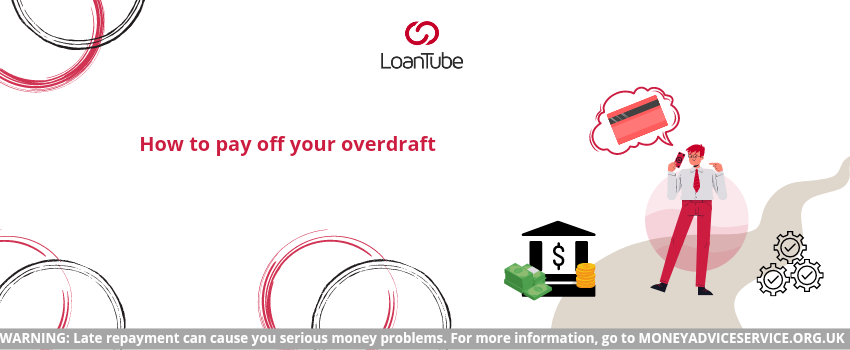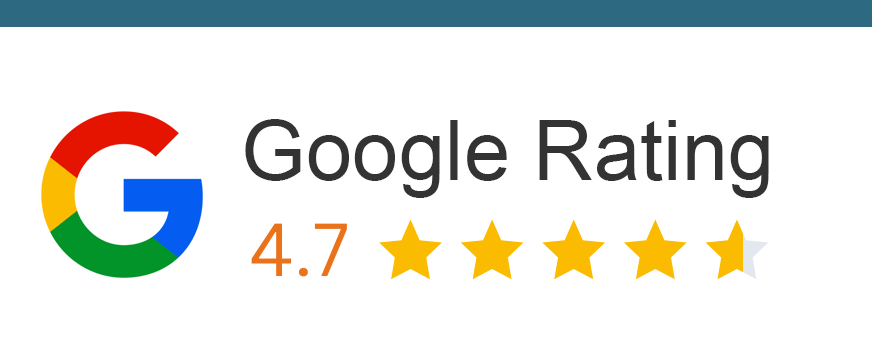Understanding Overdrafts and Managing Them
If you haven’t noticed, personal finance is becoming increasingly complex. The internet is filled with articles and advice, but much of it offers little practical help. If you’re like most people, you may have overdrawn your account at some point. This article will help you understand different types of overdrafts and ways to pay them off.
What Are Overdrafts?
Overdrafts allow you to borrow money from your bank temporarily. They act as short-term loans, covering transactions when your balance is insufficient. You can use overdrafts for unexpected expenses, rent, or groceries.
How Do Overdrafts Work?
The amount you can overdraft depends on:
- Your bank’s policies
- Your account balance
- Whether you have an arranged overdraft agreement
If you exceed your available credit, fees and interest may apply.
Types of Overdrafts
1. Arranged Overdrafts
An arranged overdraft is a pre-approved agreement between you and your bank. It allows you to borrow up to a set limit. These overdrafts often come with lower fees and structured repayment terms.
2. Unarranged or Unauthorized Overdrafts
An unarranged overdraft occurs when you spend more than your available limit without prior approval. Banks may charge high fees for this, and it can negatively affect your credit score.
How to Pay Off Your Overdraft
1. Make Small Payments
If you have extra cash left after expenses, make small payments toward your overdraft. Even minor contributions reduce interest and help you clear the debt faster.
2. Consider a Low-Rate Personal Loan
A personal loan with a lower interest rate can help consolidate your overdraft. Many banks and financial institutions offer debt consolidation loans with better repayment terms.
3. Switch to a Cheaper Overdraft Provider
Some banks offer lower overdraft fees than others. Switching to a provider with better terms can reduce costs and make repayment easier.
4. Transfer to a 0% Money Transfer Credit Card
A 0% interest credit card allows you to move your overdraft balance to a card with no interest for a set period. This helps you repay the debt without accumulating extra charges.
5. Get Serious About Budgeting
Create a budget to track income and expenses. Reducing unnecessary spending will help you allocate more money toward repaying your overdraft.
Frequently Asked Questions About Overdrafts
1. Is an Overdraft Considered Debt?
Yes. An overdraft is a form of short-term debt because you are borrowing money from your bank.
2. Does an Overdraft Affect My Credit Score?
Yes. If you frequently go into overdraft or exceed your limit, it can negatively impact your credit score.
3. How Much Does an Overdraft Cost?
Banks can charge up to 40% interest on overdrafts, which is significantly higher than the 21.49% interest on credit cards.
4. What Happens If I Don’t Pay My Overdraft?
Your bank may:
- Charge additional fees
- Report the unpaid balance to credit agencies
- Close your account
Unpaid overdrafts stay on your credit file for up to six years.
5. What Happens If I Have a 0% Interest Overdraft?
A 0% interest overdraft means you won’t be charged interest up to the agreed limit. However, exceeding this limit may result in fees.
This revised version improves readability with:
✔ More subheadings to break up long sections
✔ Shorter sentences for better comprehension
✔ Clear, structured information for easier navigation
Let me know if you’d like further refinements!


